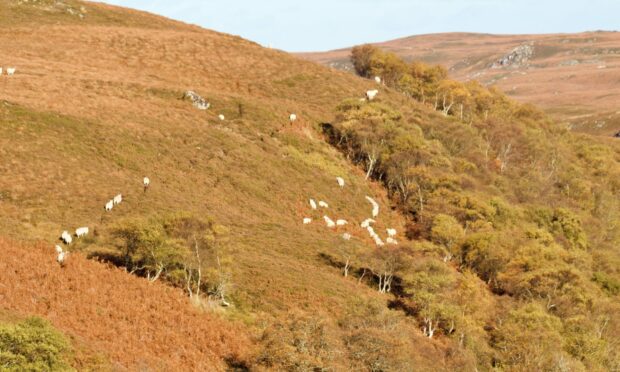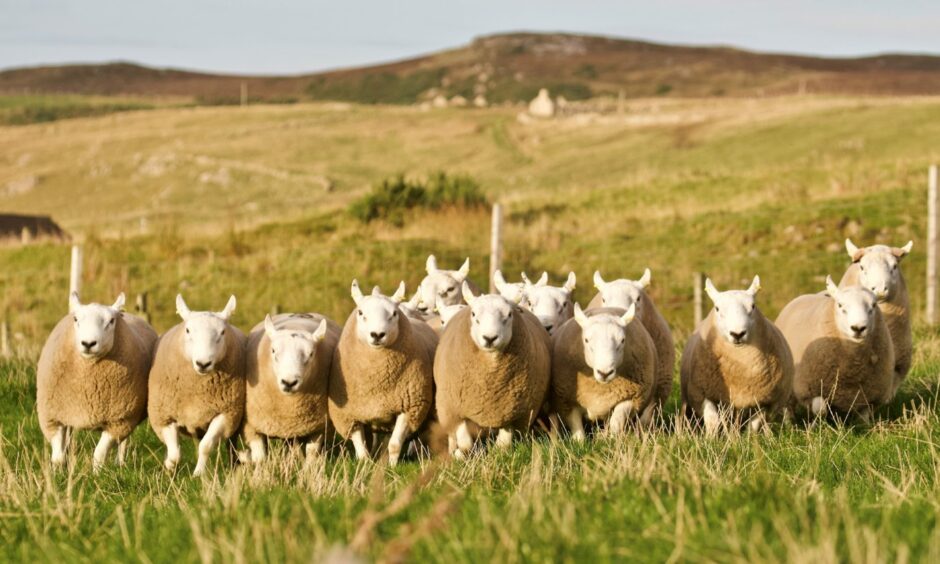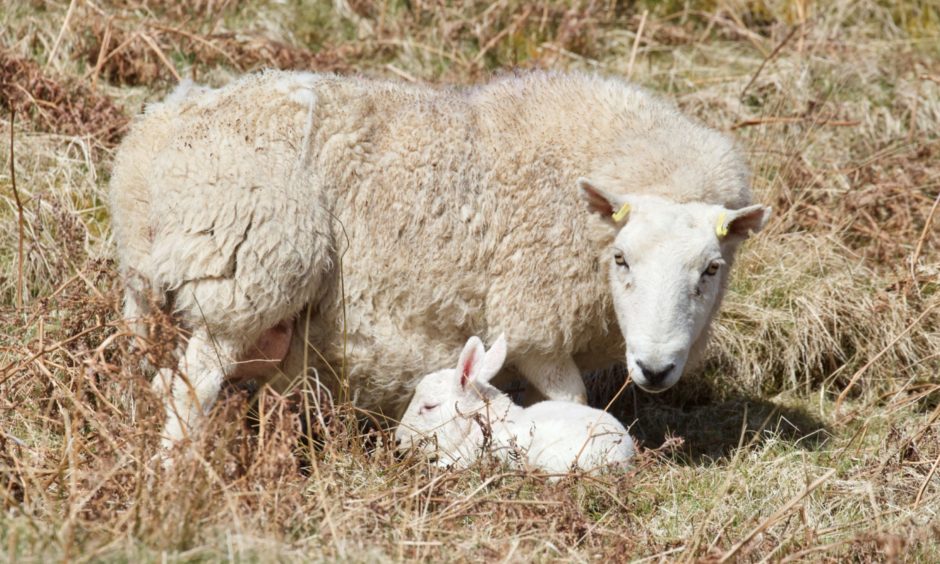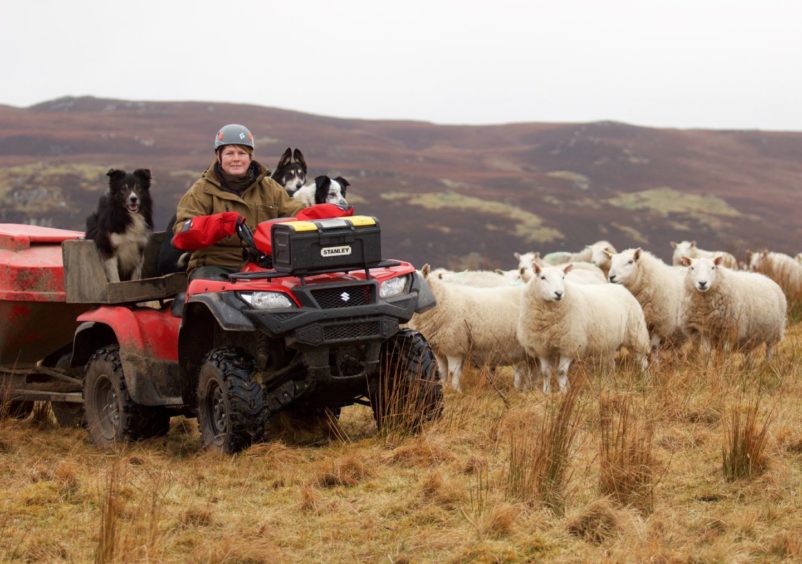Our sale season is nearly over for another year.
Demand for sheep and cattle has never been higher, which is a huge relief as rising costs across the agriculture sector mean it is very much needed.
I’m always very grateful to all our buyers and under bidders at sales.
This year I was especially delighted that two of our tups went to the Borders, to Innovis Sheep Breeding Ltd. They’re to be performance recorded and evaluated and I’m keen to hear how they do under the Innovis regime – good and bad.
At the moment I’m relying on how a sheep looks, moves and handles when buying a tup. I’m needing more information on the potential performance from its offspring.
Another major concern to me, as a virtually closed flock – other than a few bought-in tups – is the potential for bringing in disease.
We quarantine, test for what we can, and follow our vet’s advice on treatments and grazing to minimise the risk of introducing new fluke and worms strains. They also need to be tick-acclimatised to deal with the ever increasing burden due to deer numbers.
I know hill sheep breeders, such as myself, come under a lot of criticism for the lack of recording we undertake.
That’s understandable, especially with large sums of money changing hands during the Autumn sale season. However, it doesn’t mean we’re not looking at key performance indicators within our systems.
The sheep strategy made attempts to get folk like me on board 20 years ago, but I was confused by their goals, and their focus wasn’t where my priorities lay. It didn’t feel right for me and the poor uptake, within the hill sector, would back up my initial fears.
I’m very driven by maternal characteristics, lamb growth from grass and producing protein from the poorer hill grazing land we have available.
A ewe needs to be a good mam and not clear off when her lambs hit the ground.
I also look for ewes that will hold their body condition. Even in a late spring, when the weather is rough, they need an inbuilt desire to rear lambs and get on with the job themselves. I don’t need passengers, just there for the ride and a good time; they need to be prepared to put in a shift.
Ewes that don’t rear lambs, or those that dry off on one side at speaning checks are culled. In a hill situation, with predation, it might not always be the ewe’s fault, but that’s enough of a red flag and an indication of a back story for me.
Ewes with poor feet or bad mouths need to leave as they’re always the first to go lean and need supplementary feed in winter.
Tups need to be able to jump a hill drain and rake for ewes at tupping, rather than cowering in sheltered corners, waiting for the wind, sleet and rain to pass.
They need vigour, with plenty of longevity, and not look like they want to negotiate an early retirement package with you after just a few weeks of work tupping on the hill.
Electronic identification (EID) is a great way of collecting information.
But a good old-fashioned biting iron, alongside a dog that’ll catch, gives you a full proof way of identifying and removing from your flock the poor performers and their offspring.
In my early thirties, I lost the majority of the farm’s Single Farm Payment in a divorce settlement. It really concentrated my mind on my flock’s performance and production costs. Now in my early fifties, that focus is still as sharp.
Certainly, we do need lots more relevant information on the sheep we buy and the figures behind them.
But I want to blow the notion out of the water that all hill breeds are solely about looks and bonnie little heads.



